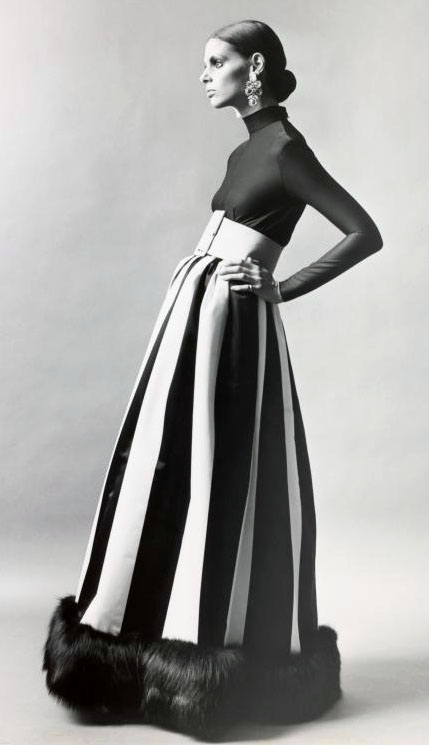 |
| JACOB, ca. 1640-45 |
This exhibition, through April 22, 2018, begins with the Spanish baroque master Zurbaran, who in the 1640s made thirteen paintings of Jacob, the Old Testament patriarch, and his sons, who founded the twelve tribes of Israel. Each figure carries his share of the story: Jacob, now old, is folded over his cane, eyes downcast, ruminating on the future.
The prophetic poem, "The Blessings of Jacob" a prophetic poem in Chapter 49 of the Book of Genesis was Zurbaran's primary source for the imagery of the life-size figures, each of which is rendered with a strong sense of individuality yet forms a synergistic part of a cohesive choreographed group. For the Auckland paintings, Zurbarian turned largely for inspiration from engravings depicting Jacob and his twelve sons that were executed in 1589 by Jacques de Gheyn II after designs by Karel van Mander I. The expressive and highly distinctive faces of each son, however, suggest that they were painted from life. On canvases measuring nearly seven feet in height, full-length figures wearing sumptuous, exotic costumes tower over varied landscapes. Who commissioned the series is a mystery.
 |
| Reuben, Gad, Naphtali, Joseph |
STUDY THE IMAGES. Both eye and facial expressions and costumes tell a story about each son.For example, on his deathbed, Jacob assembled his sons to foretell what was to become of them. Describing his eldest son, Reuben, "unstable as water," Jacob stated, "you shall no longer excel because you went up onto your father's bed and defiled it," a reference to Reuben sleeping with Jacob's concubine Bilhah, as told in an earlier chapter of Genesis. In keeping with his status as firstborn, Reuben wears an elaborate costume and leans against a column, signifying his strength and fortitude. His downcast, shaded eyes and inward expression, however, reflect Jacob's prediction that Reuben would not thrive.
 |
| Zebulun, Asher, Issachar, Dan |
The full and multi-layered story is told in a beautifully illustrated exhibition catalog, but in the galleries, the paintings speak for themselves. In his day, the artist was often, and for good reason, called the Spanish Caravaggio.
ABOUT THE SUBJECT OF THE SERIES: The subject of the series comes from the Old Testament. Jacob, the son of Issac and the grandson of Abraham, fathered twelve sons with his two wives, Leah and Rachel, and two concubines Bilhah and Zilpah. The sons are considered to be the progenitors of the Twelve Tribes of Israel and the forefathers of the Jewish people. For more information and a complete schedule of programs, lectures, talks and a symposium in conjunction with this exhibition visit:
www.frick.org/programs.
Ta Ta Darlings!!! These awesome, monumental paintings are a testament to history and an opportunity to see Zurbaran's defining techniques that depict each son's individualistic character. Fan mail welcome, Polly would love to hear from you at: pollytalknyc@gmail.com. Visit Polly's website www.pollytalk.com and click in the left-hand column on the Blog that resonates with your interest.
 It is no wonder that NORMAN NORELL is called "The Dean of
It is no wonder that NORMAN NORELL is called "The Dean of 







